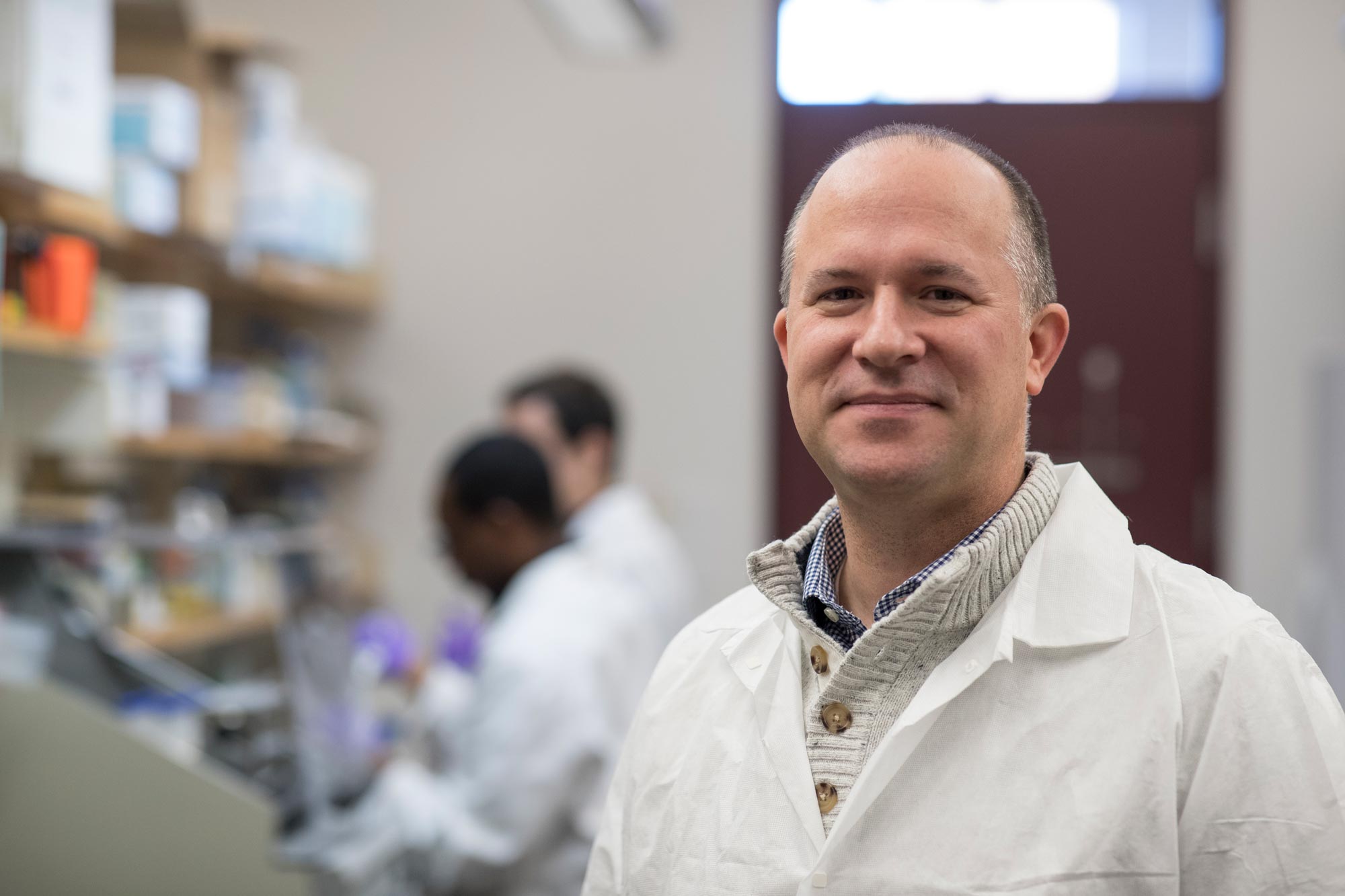University of Virginia researchers have used advanced computer modeling to better understand potentially deadly C. difficile infections that often plague hospitalized patients.
The researchers say their new work represents a significant step forward in the use of a form of predictive computer modeling called GENREs to battle infectious diseases. The results, they say, could speed the development of new treatments for Clostridium difficile infections that strike half a million Americans every year.
“This computer model has the potential to significantly advance our understanding of this important human pathogen,” said researcher Jason Papin of UVA’s School of Medicine and School of Engineering. “The ability to actually predict whether a microbe can survive in a specific environment or without a particular gene has profound implications in drug discovery and the development of therapeutic approaches.”
Using GENREs to Target C. Difficile
With antibiotic resistance a growing concern, scientists are eager to find new ways to treat C. difficile, an infection that is already difficult to manage. Long-term antibiotic use actually fuels the problem: The C. difficile bacterium naturally lives in our guts, but extensive antibiotic use, particularly among patients who are hospitalized or in nursing homes, can allow it to establish dangerous infections characterized by diarrhea, nausea and fever. Many patients suffer repeatedly: Among those who survive, one in six will develop another C. difficile infection within eight weeks, according to the Centers for Disease Control and Prevention.











